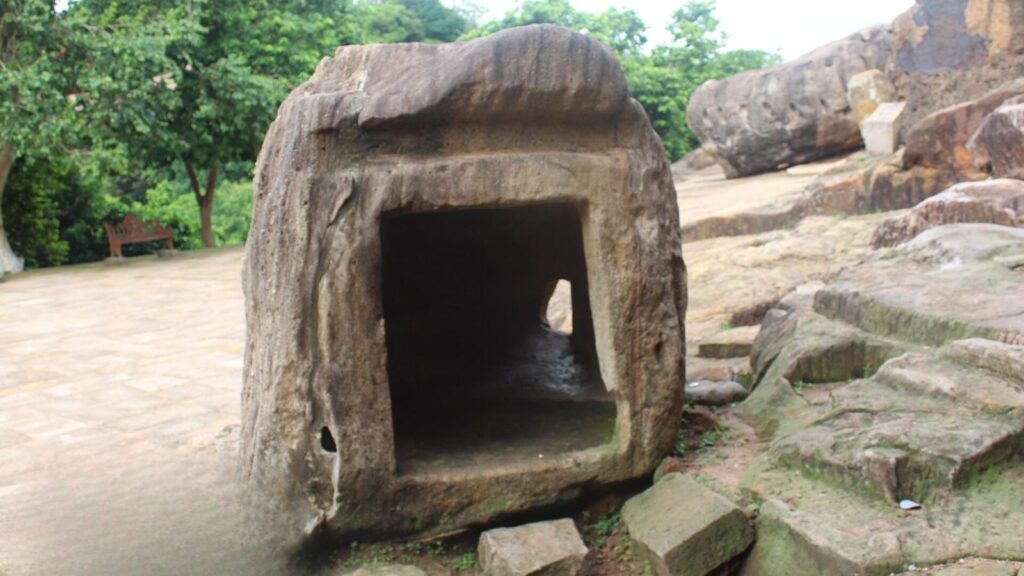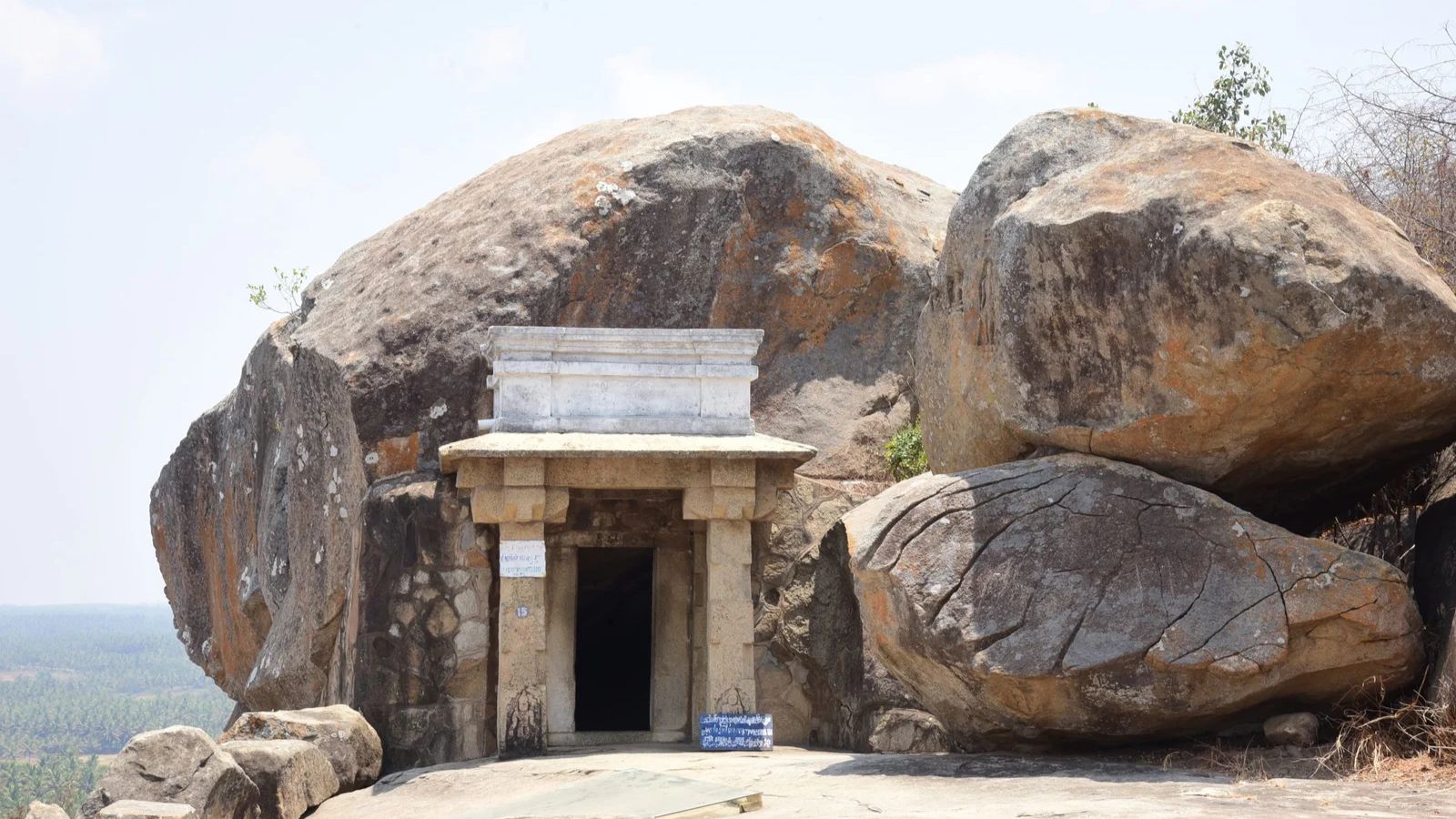Sallekhana, also known as Santhara, is a voluntary Jain religious vow of gradually reducing food and water intake with the intent to purify the soul and embrace death in a state of detachment. The term comes from the Sanskrit sal (properly) and lekhana (thinning or scrubbing), symbolizing the gradual shedding of passions and the body. Sallekhana is undertaken when life’s end is near due to age, incurable illness, or unavoidable calamity, and is seen as an act of spiritual discipline rather than suicide.
The process is slow and deliberate, often lasting weeks, and is guided by prescribed rituals: progressive reduction of diet, intense meditation, confession of past wrongs (pratikramana), recitation of sacred Jain texts, and total mental withdrawal from worldly affairs. Family, monks, and nuns may support with prayers and guidance, but the resolve must always be the practitioner’s own.

Sallekhana site of Jain monks at the Udayagiri Caves, Odisha
One of the most notable historical practitioners was Chandragupta Maurya, founder of the Mauryan Empire. After renouncing his throne, he followed Jain teacher Bhadrabahu to Shravanabelagola in Karnataka. There, in the Bhadrabahu Cave, he is believed to have observed Sallekhana, meditating and fasting until his death around 298 BCE. While rare today, the vow remains deeply venerated, symbolizing ultimate renunciation in Jainism.
Image Credits: Bhadrabahu Cave, shravanabelagola.org
Sallekana Site, Udayagiri Caves: https://commons.wikimedia.org/w/index.php?curid=50313304



